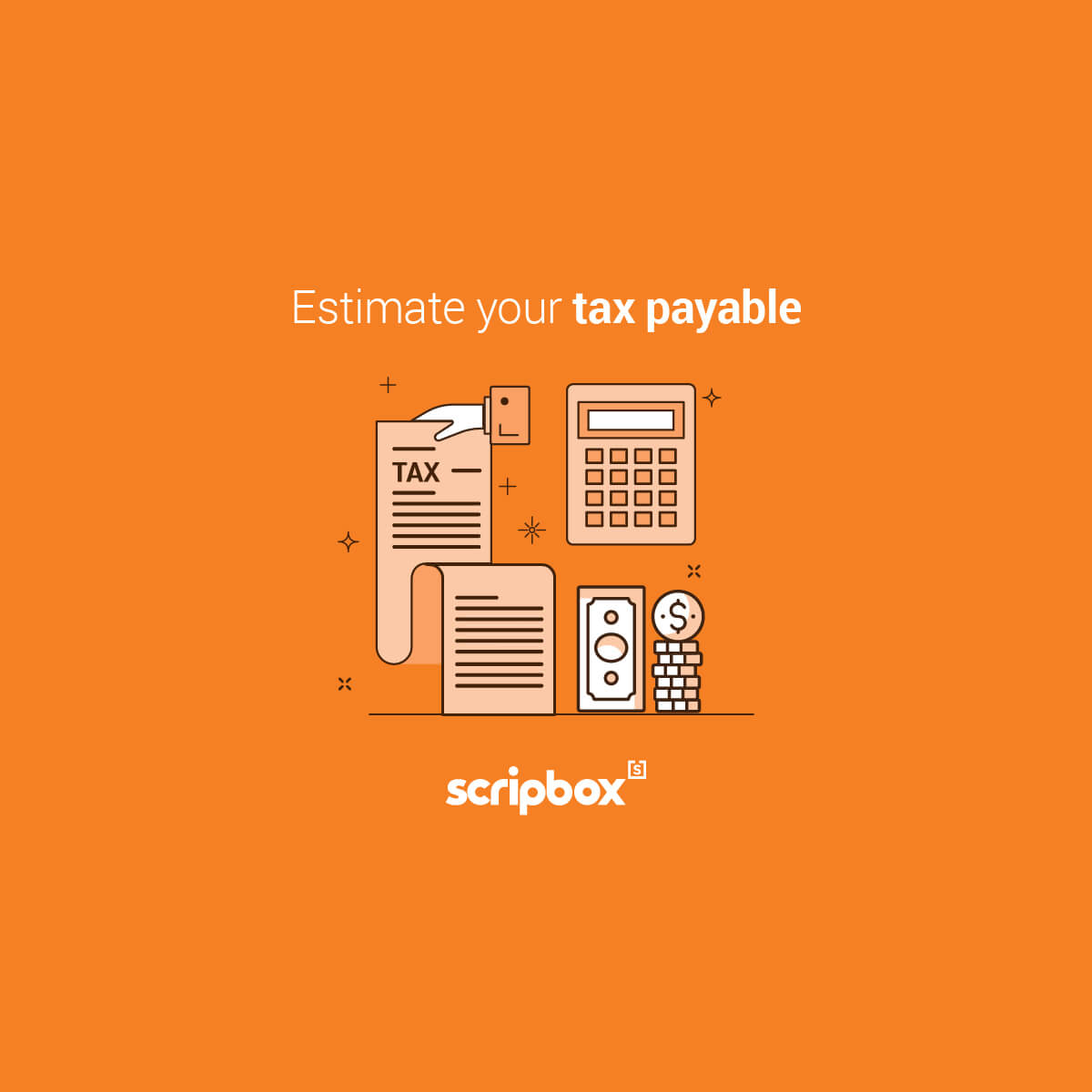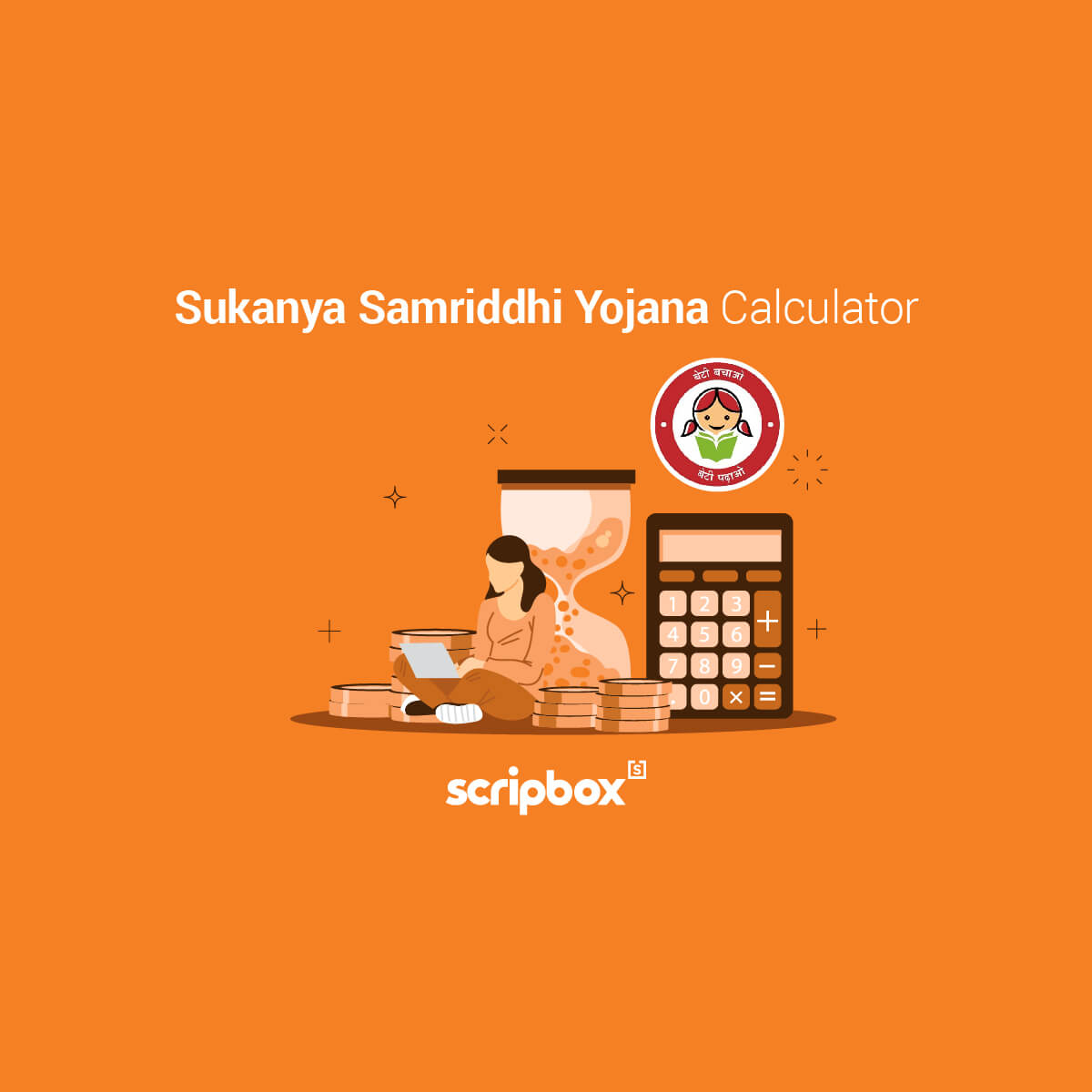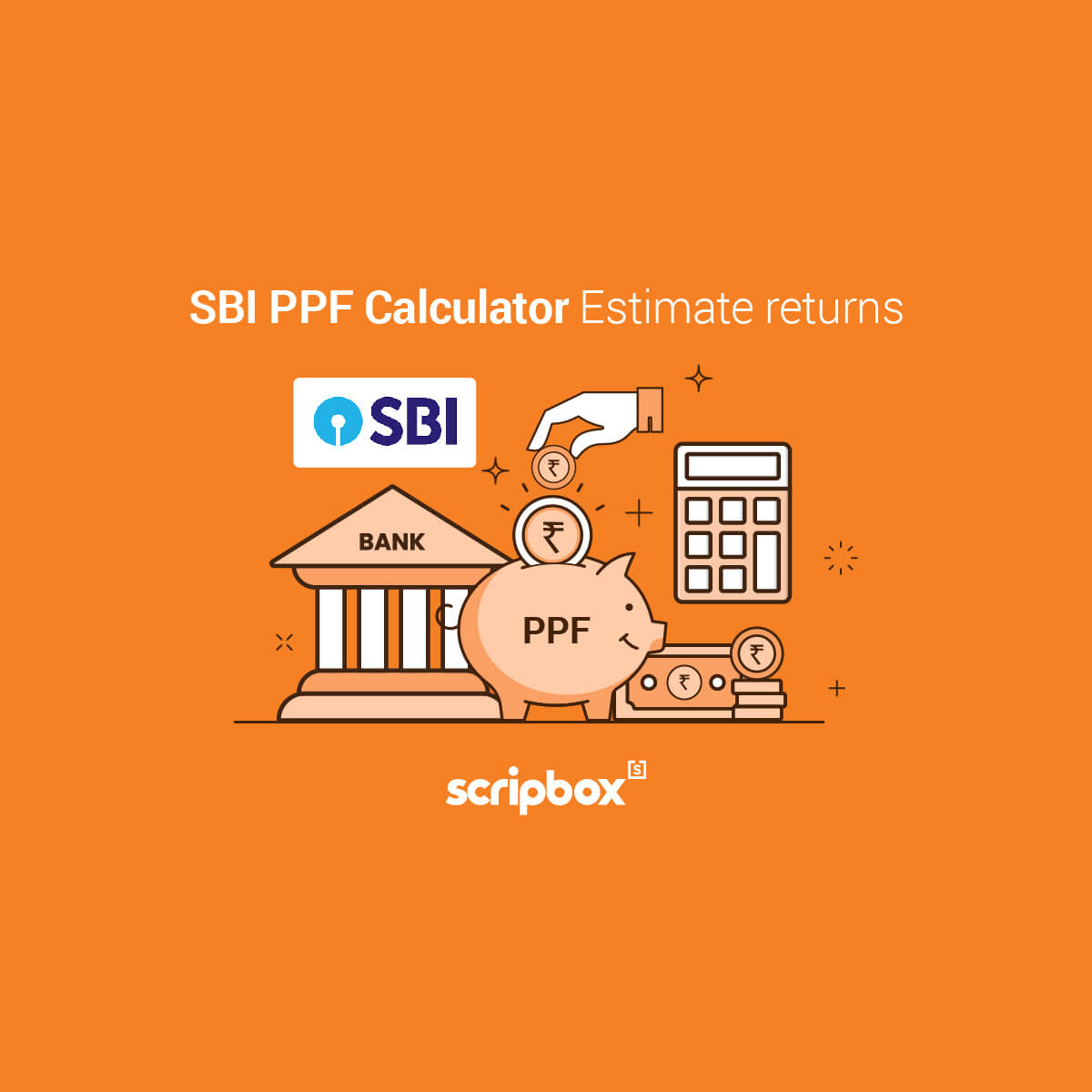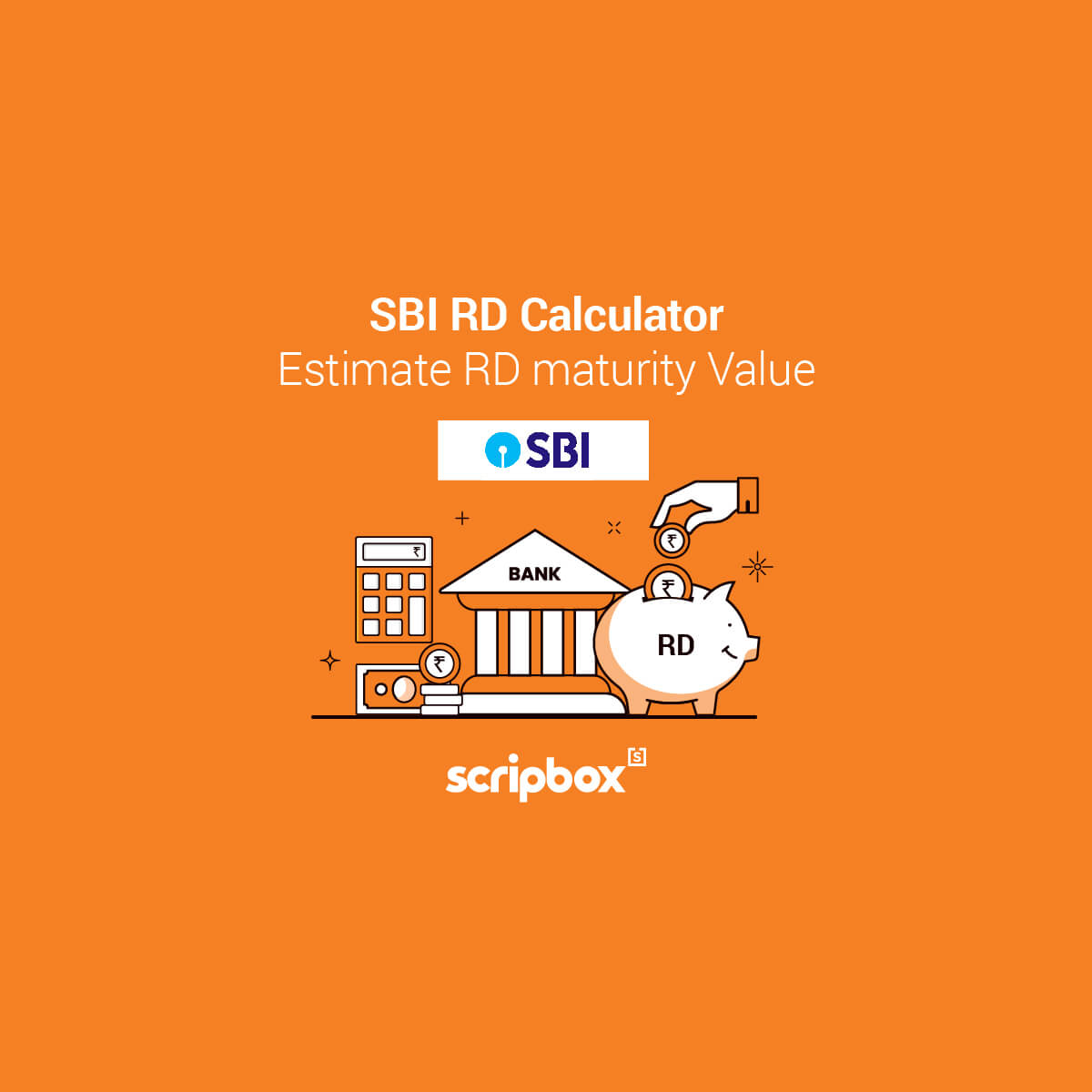GPF Calculator in India
What is the General Provident Fund in India?
The General Provident Fund (GPF) is a long-term savings scheme available to government employees in India. It is a provident fund account that aims to provide financial security and a savings avenue for government employees during their service period and after retirement. The Ministry of Finance governs the scheme and applies to central government employees, state governments, and particular union territory administrations.
Features of GPF
- Employee Contributions: Government employees are required to make regular monthly contributions to their GPF accounts. A certain percentage of their salary, including the basic pay and dearness allowance, is deducted and deposited into the GPF account.
- Employer Contributions: The employer, which is the respective government department, also contributes an equal amount to the employee’s GPF account, thereby matching the employee’s contribution.
- Interest Accrual: The GPF earns interest, and the interest rates are determined by the government. The interest is calculated annually and is compounded on a yearly basis. Current interest rate is 7.1% p.a.
- Withdrawal and Maturity: Employees can partially withdraw from their GPF account for specific purposes, such as education, medical treatment, or house construction. However, GPF accounts mature when the employee retires or upon reaching the age of superannuation.
- Portability: If an employee changes their job within the government sector, they can transfer their GPF account to the new department to maintain continuous savings and service benefits.
- Nomination Facility: GPF account holders have the option to nominate their family members to receive the accumulated balance in case of their unfortunate demise.
- Tax Benefits: Contributions made by employees to the GPF are eligible for tax benefits under Section 80C of the Income Tax Act.
The General Provident Fund is considered a secure and stable savings option for government employees, helping them accumulate a corpus for their post-retirement needs and financial security.
Benefits of using the GPF Calculator:
- Efficiency: The GPF Calculator provides instant and precise results, saving time and effort in manual calculations.
- Financial Planning: Government employees can plan their finances better by understanding the impact of different contribution amounts on their GPF maturity.
- Accurate Projections: By factoring in the interest rate and years of service, the calculator generates reliable estimates of the final GPF amount.
- Goal Setting: Employees can set specific savings goals and contribute accordingly to achieve their desired corpus.
- Transparency: The GPF Calculator ensures transparency in GPF calculations, giving employees clarity on their contributions and benefits.
How to use the Scripbox GPF Calculator
The GPF Calculator takes into account various factors, including the employee’s total contribution, Years of service, and the applicable GPF interest rate. By entering these details, the calculator provides an accurate calculation of the monthly GPF contribution and the total accumulated amount over the investment period.
GPF Calculation Process
Enter the below mentioned Input:
- Opening balance: The amount of money deposited at the start of the accounting period.
- Monthly Contribution Amount: For most government employees in India, the GPF monthly contribution rate is typically fixed at 12% of the basic pay and dearness allowance. This means that 12% of the total amount earned as basic pay and dearness allowance for that month is deducted and deposited into the employee’s GPF account.
- Rate of Interest: The rate of interest on the General Provident Fund (GPF) in India is 7.10% p.a. as of 29 October 2025. This interest rate is determined by the government and is subject to change periodically.
- Withdrawals: The amount needed to be withdrawn from the account.
| GPF Calculation | Details |
| GPF Interest Rates | 7.10% p.a. |
| Opening Balance | Rs. 50,000/- |
| Monthly contribution | Rs. 200/- |
| Withdrawal Amount | Rs. 10,000/- |
| Closing Balance | Rs. 46,068/- |
Understanding Calculation Fields
- Opening Balance Amount: Displayed as per the Opening Balance input
- Interest gained on Opening Balance: The amount depends on the interest rate and length of time the funds are held.
- Total Contribution Amount: Monthly contribution amount *12 + Opening Balance Amount
- Interest on Total Contribution: Rate of interest * Total contribution Amount.
- Closing Balance Amount: The total amount remaining after the Opening Balance amount + Interest gained on opening balance + 12 months of investment amount + interest gained on these investments – Withdrawals
Consider the Input values as given below:
- Opening Balance: Rs. 50,000/-
- Monthly contribution amount: Rs. 200/-
- Rate of interest: 7%
- Withdrawal: Rs. 10,000/-
Output will be as follows:
- Opening Balance Amount: Rs. 50,000/-
- Interest Gained on opening balance : 50,000* 7 % = Rs. 3,500/-
- Total Contribution Amount: Rs. 200 *12 = Rs. 2,400/-
- Interest on Total Contribution: Rs. 2,400 * 7% = Rs.168
- Closing Balance Amount: 50,000 + 3500+ 2400+ 168 – 10000 = Rs. 46,068/-
In conclusion, the GPF Calculator empowers government employees to plan their finances effectively and secure their future through disciplined and informed contributions to the General Provident Fund.
Popular Calculators
Popular Investment Options
- Best ELSS Mutual Funds
- Best Short Term Investment Plan
- Best Long Term Mutual Funds
- Best Investment Plan for 1 Year
- Best Pension Plans
- Best Investment Plan for Senior Citizen
- Best Mutual Funds for Lumpsum
- Best Savings Plans
- Best Investment Option in India
- Best One Time Investment Plan
- Best SIP for 1 Year
- Highest FD Rates for 1 Year
Frequently Asked Questions on GPF
Government employees of the central government, state governments, and particular union territory administrations are eligible to participate in the GPF scheme in India. This includes both civil and defence personnel.
The government determines the GPF interest rate, and is subject to change periodically. The interest is calculated annually and compounded every year.
GPF account holders can withdraw partially for specific purposes such as education, medical treatment, house construction, or other emergencies. Specific rules and restrictions may apply to the withdrawal process.
There is no upper limit on the maximum contribution to the GPF account. However, the employee’s monthly contribution is generally a certain percentage of their basic pay and dearness allowance.
Yes, GPF accounts are portable. If a government employee changes jobs within the government sector, they can transfer their GPF account to the new department.
Upon retirement or resignation, the GPF account matures. The employee can withdraw the accumulated balance or opt for a monthly pension through the GPF corpus.
Yes, the contributions made by employees to their GPF accounts are eligible for tax benefits under Section 80C of the Income Tax Act up to the specified limit.








